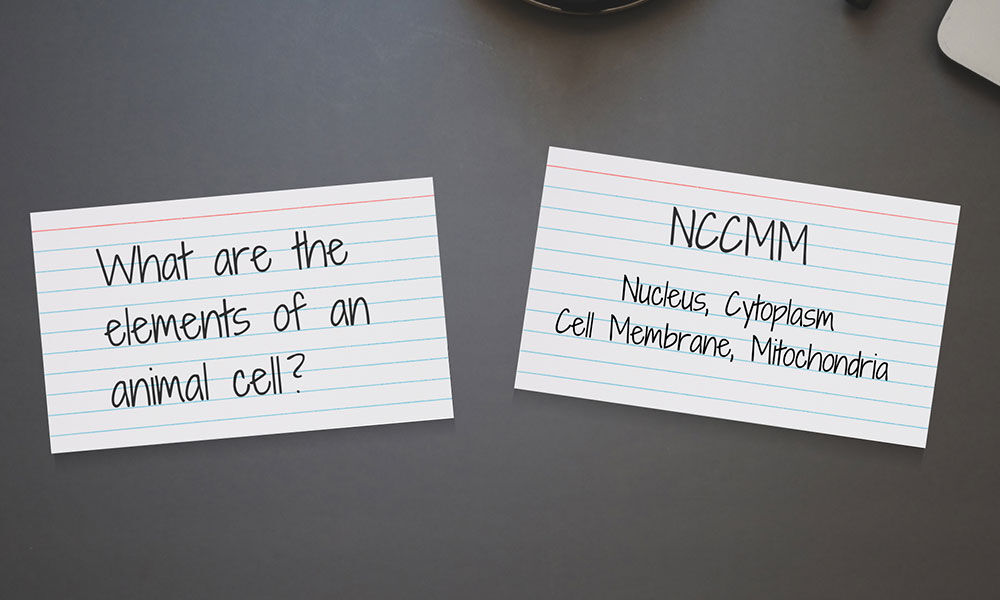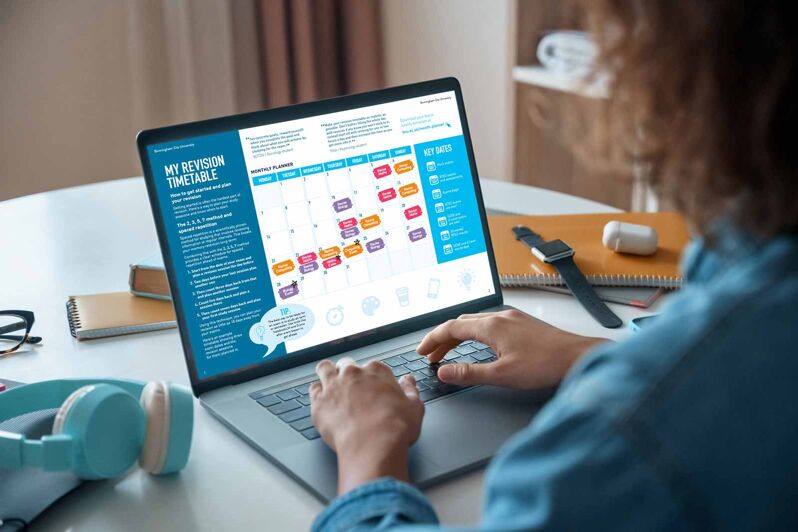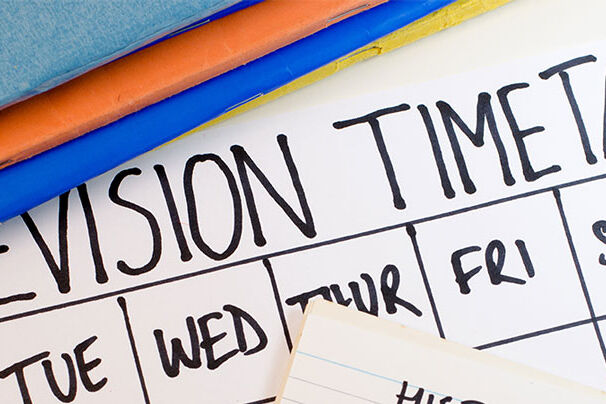
Advice

Flashcards can be a very effective revision method, but what are they and how can you use them to improve your grades? We'll cover key concepts like active recall, spaced repetition and the Leitner system to show how you can use flashcards to improve your memory and feel more prepared for exams.
Struggling with revision?
Get your FREE guide packed with expert study tips, a step-by-step timetable planner, essential AI learning tools, and more to smash your exams.
What are flashcards?
Flashcards are traditionally a piece of card with a question or prompt written on one side, and the answer on the other. They’re particularly good for revising as they use active recall, which is training your brain to find information you’ve learned. This is a really important skill to practice as you’ll need it in your exams.
When you combine flashcards with spaced repetition and active recall, you’re setting yourself up for exam success.
How do I make my own flashcards?
Flashcards don't have to be fancy to work. You can simply make flashcards from white or coloured paper or cards. You can also buy pre-cut queue cards from most stationary stores.
If you prefer to have all your material online, you can get free revision apps and free flashcard apps.
What flashcard apps are there?
Apps like Quizlet, Gizmo, Knowt and Anki are free to download to take your flashcards with you wherever you go. Anki is the most popular app but has limitations on daily use, while Gizmo gives the most features for free. They also use AI to turn your notes straight into flashcards and interactive quizzes.
How can I use flashcards effectively?
The simplest way to use flashcards for revision is to write a question or prompt on one side and the answer on the other. But how can you upgrade your flashcards to make them even better? Here are four ways you can improve your flashcards to boost your memory.
1. Use images and colours
Using visual aids will help you make mental associations and trigger your memory. Use different coloured flashcards, pens or highlighters to differentiate between different topics in your cards and associate a certain colour with a topic.
If images help you, write your notes on one side and the image on the other, so that when you see the image you remember the information.

2. Use flashcards to test yourself
Just reading the information on your cards won’t get you very far. Instead, try using active recall. Test yourself to give your memory a workout and practice the skills you’ll need in the exam.
Alternatively, ask a friend or family member to test you. Working with someone else breaks up your revision periods and makes them a little more interesting. The more interesting and engaging something is, the more likely you are to remember it.
3. Use the Leitner system
As you test yourself with flashcards you can use the Leitner system to work out how often you need to review topics and to find your weak spots. For this you’ll need five “boxes”, but these could just be elastic bands or separate piles. Cards start in box one and every time you get one right it moves to the next box. Any ones you get wrong get moved back to the first box to be reviewed more frequently until you get them right. This is a great example of spaced repetition.
4. Use acronyms
On one side of your flashcard, try writing an acronym that spells out what is on the other side. For example, if your acronym was NCCMM, this would help you remember the four main elements of an animal cell: Nucleus, Cytoplasm, Cell Membrane and Mitochondria. If you put the acronym to a rhythm, like making it into a song, it might help you remember it even better.
If this is a revision technique that works for you then you can make it as complex or simple as you like, even to memorise a whole paragraph.






